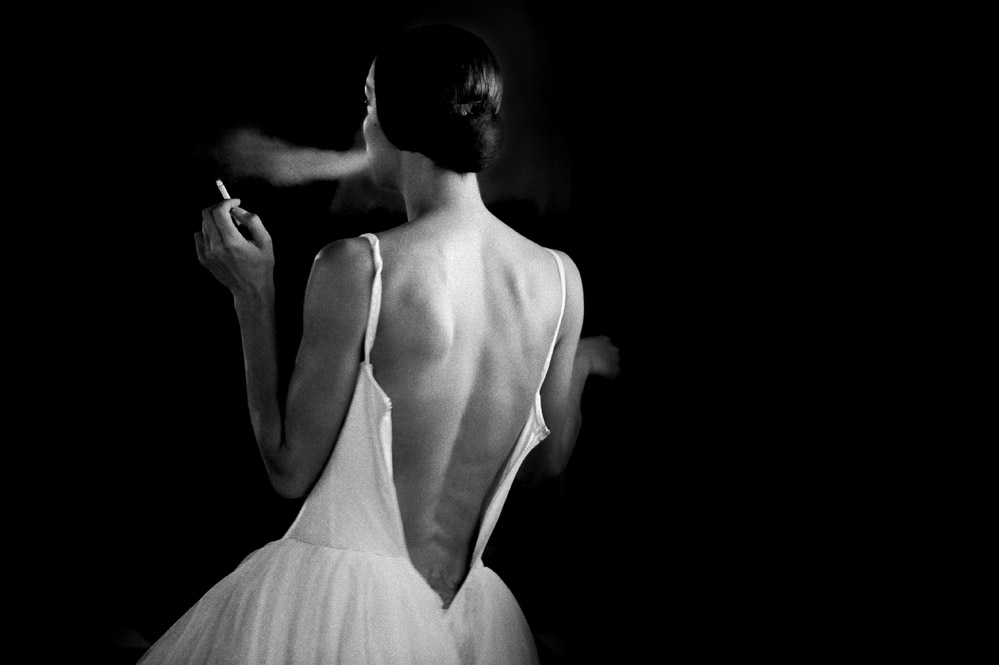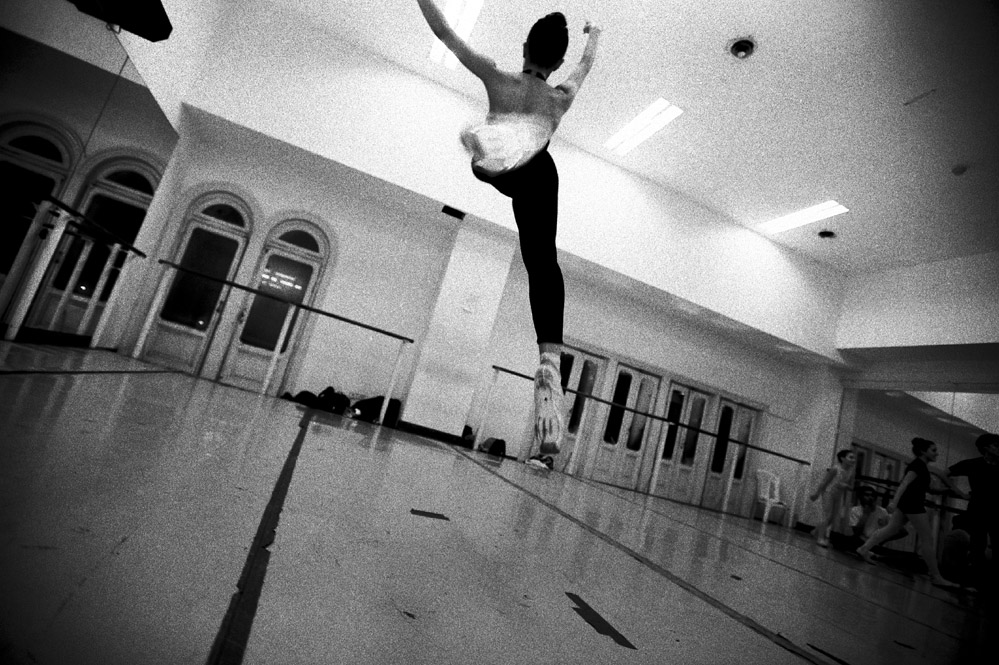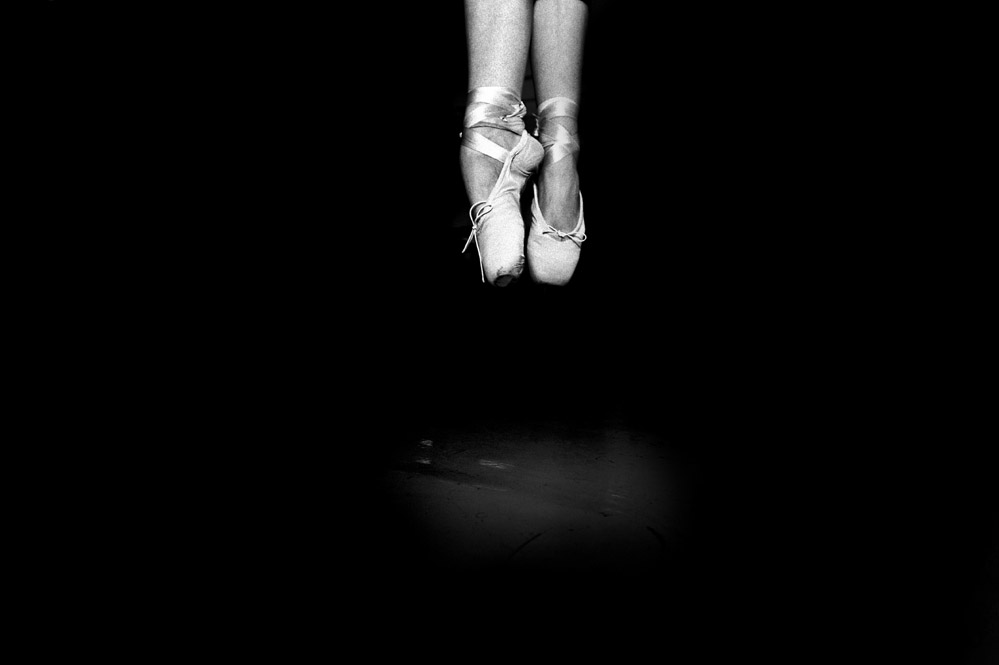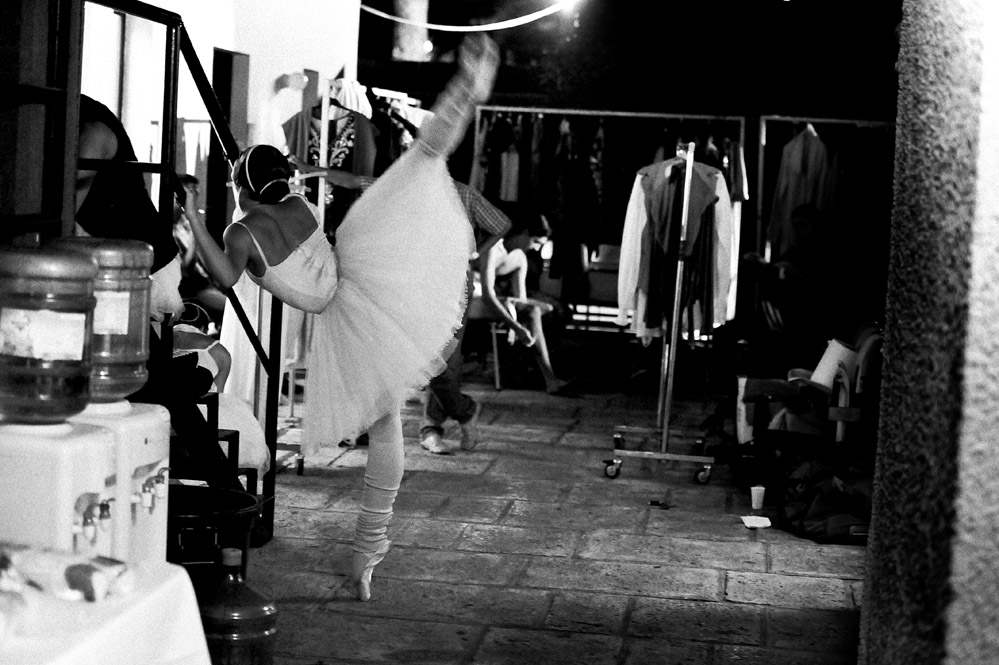Non-dancers are often captivated by our field–and this is for a myriad of reasons. Some always wanted to dance. Others enjoy getting lost in a good story ballet, or love the thrill of experiencing a world premiere by a contemporary choreographer. But conflict photographer Sebastian Rich was drawn to our profession to soothe his own soul after seeing over four decades of unspeakable images, witnessing shocking acts of violence and documenting moments of extreme sorrow. He captures many of these moments on camera for organizations such as UNICEF, Save the Children and The United Nations.
4dancers reached out to Rich to learn more about his interest in photographing dance and what has driven him to seek out such a different expression for his talent behind the lens. You can view more of his dance (and other) photography, or get in touch with him at his website.
___________________________________

You have been covering hard news and current affairs for over 30 years. Where has that taken you as a person, and how did it evolve into you wanting to shoot dancers?
I was born in central London England in 1953 and I am a so-called “war photographer”. I ran away from school at the age of fifteen, branded as terminally stupid by my teachers. No one had heard of acute dyslexia in the fifties and sixties. So rather than using a pen I somewhat naturally picked up a camera to tell stories.
For over forty years I have been photographing the very worst that mankind has had to offer my lens. But here is the paradox–on many occasions an image I capture of someone in his or her most quintessential moment of loss or terror in some disgusting war–and the image has been remarked on as ‘beautiful’.
This well-meaning and flattering remark about my photography rests very uneasy with me. I get it–and at the same time I don’t!
In my youth as an arrogant young photographer I thought that the people that I was photographing were there for no reason other than to further my career! So then, to have the compliment of “it’s beautiful” was most rewarding.
As the years moved on–in some respects I grew up. Not all, but some. It took a catastrophe to knock the stupidity and arrogance from my young bones. A catastrophe that killed two soldiers and sent hot screaming metal through my stomach.
I became the victim–the photographed, the exploited and the frightened.
Now I spend time, maybe too much time with my subjects, as one client was to remark just recently. I listen to their stories in great detail, as sometimes I am the only one who will listen, or remotely care. At some point I will take their photograph, I will hardly notice that I have done so, nor will they. Maybe it’s a technique, but it’s a subconscious one.
Why does poverty, war, famine throw up such sharp, hard beauty? I have no idea, as photography is so utterly subjective.
As a war photographer, I have witnessed unspeakable acts of violence. I had to photograph something beautiful, something–anything to save my soul. There comes a time in the life of some in my profession that we cry out for beauty and a gentleness that is missing in our lives.
I have reached that stage.
I have no idea why ballet popped into my head—it just did. I have never been to a ballet, never met anyone involved in the ballet, and certainly never photographed anything close up. Yet I managed to convince the Julio Bocca Ballet School in Buenos Aires to let me into their world.

I was soon to discover that the Julio Bocca School was one of the very best in the world. Even the cabbies in Buenos Aires had heard of the legendary ballet dancer Julio Bocca. I confessed to the school that I was somewhat of a burnt-out old warhorse who knew nothing about their profession. This was to be the best confession I have ever made. The door, along with the hearts of the school administrators and the dancers flew open to me, welcoming me into a marvelous new and dazzling world of creativity.
While fiddling with the lens on my Nikon and at the same time trying to give off the air of a professional dance photographer, 17-year-old ballerina Augustina Flores Saavedra took flight like a giant, long-legged bird of paradise. My jaw dropped as she smiled down at me floating two meters above the studio floor. The image that I had just witnessed (and not photographed) was the most beautiful thing that I had ever seen in my life.
I had not been long out of Afghanistan and was wondering just how the hell I was going to capture what I had just seen on film. Normally the only bodies that fly through the air in front of me are in torn, bloody pieces. And I am normally hiding and terrified, waiting for the moment to pop out like a snake so I can photograph what remains of the flying corpse and run away.
Then Augustina and three other girls took off their pointe shoes. I was instantly back at home—these girls’ feet were bruised, bloodied, bandaged, and broken for their art. I was back in a war zone, I circled the trio with shutter continuously shooting every torn toe in extreme close up.

Unfortunately for me, the very first frame that I shot in the dance studio in Buenos Aires took me straight back to something horrible I had witnessed and photographed in a shop in Mogadishu. I visibly winced as I saw the bloodied, bruised, and deformed toes wrapped with tape and padding.
But as soon as they were up “on pointe,” Mogadishu and its nightmares vanished from my mind altogether. These girls moved so beautifully and with such grace and poise that once again, for a little while, I didn’t shoot a frame, but just watched in fascination.
I am now starting to smile behind the camera. Not the perverse smile of the photographer who knows he has caught a moment of terror in a war zone, but the smile of the photographer who has just captured the most beautiful movement he has ever seen. As I am a lensman and not a pensman I will try and let my pictures tell the story of the dedication and sacrifice of these ballet dancers. I think that’s fair to them and me.

How is photographing dancers different for you than the other photography you do?
Because photographing dance is still so very new to me I am like a child in a chocolate factory, just spoilt with wonderment at what beautiful shapes a human body can achieve.
After a lifetime of photographing human movement, albeit in a rather different scenario, you gain an instinct for when movement is perfect. This could be dance, sport or even a soldier firing a gun. There is a fraction of a second that all the elements, muscles, light, expression, eyes combine and create the essence of that movement. That “moment in time” again. But this is a magical moment not a terrifying moment–that is the difference.
What is the greatest challenge in taking photos of dancers?
Patience, more patience and then just a little more patience.
What is the most rewarding part of photographing dancers?
Knowing exactly when you have captured the very essence of the dancer.

What is it that you are seeking to capture when you look through your lens at a dancer?
I am not really seeking anything I just wait to be pleasantly surprised. I have no preconceived ideas when going into a rehearsal studio–none at all.
What are you drawn to in terms of the dance field?
Dedication, determination, and above all else–passion.
How do you think your skill set as a conflict photographer has helped your perspective in terms of taking photos of dancers?
Once again the ability to be patient and capture a moment that tells a story.

Where is your photography taking you next?
I will be photographing refugees from the dreadful war in The Central African Republic for The United Nations.
What, ultimately, would you like to do in terms of photographing dancers?
To be able to earn a living photographing dance! I have been so lucky–I have worked dancers from Julio Bocca, The Eifman Ballet, the Kate Weare Company, Peridance Capezio Center–they have all taught me so much in such a short time.
But I am always looking for ideas, so dancers out there–shower me with your thoughts, ideas and dreams.
_________________________________________________
Watch this interesting segment from NBC News on Sebastian Rich and his ballet photography. With Ann Curry.
Visit NBCNews.com for breaking news, world news, and news about the economy




